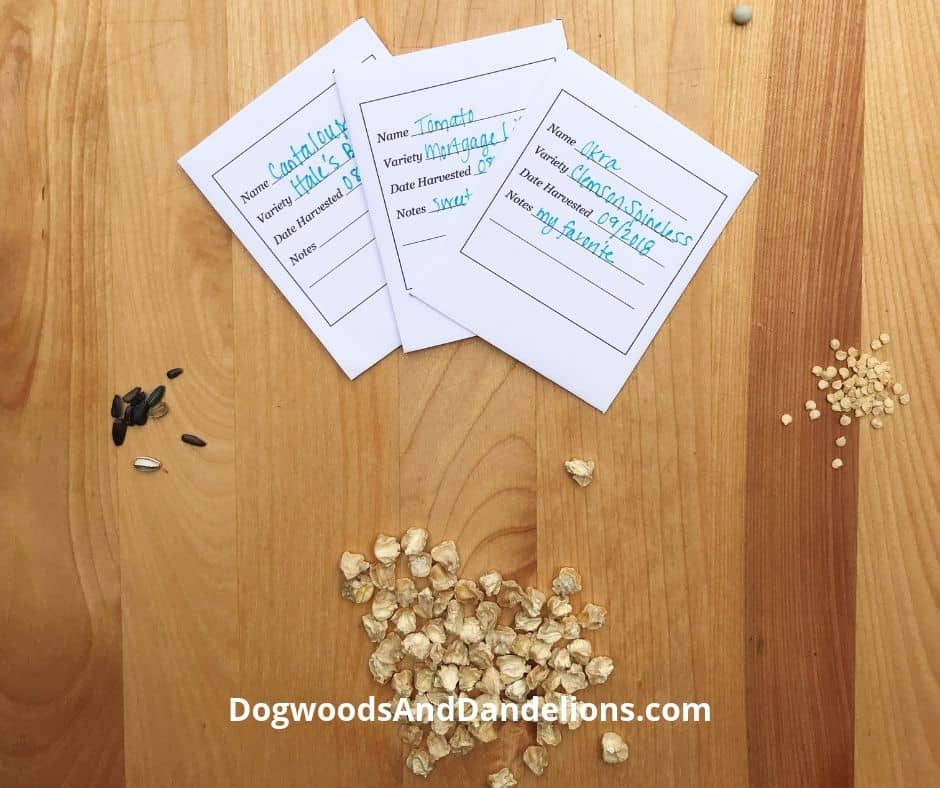Ways to Prepare The Garden for Winter
Inside: Learn what you need to do to prepare the garden for winter. By doing these 13 things, your garden will be ready for planting in the spring.
13 Ways to Prepare the Garden For Winter
I know what you’re thinking.
Are there really 13 things I need to do to prepare the garden for the winter?
Yes. There really is.
But before you exit this post and decide to quit gardening, many of these things will be second nature. And all of them will help you get your garden ready for planting in the spring.
If you don’t do it now, it will be that much more you have to do when you are ready to plant.
Affiliate Disclosure: Please note that some of the links in this article may be affiliate links and I may receive a small commission if you purchase something through a link. It will not change your cost. As an Amazon Associate, I earn from qualifying purchases. For more information, see my disclosures page.)

1. Clear Away Garden Debris
First things first! Clear away old garden debris. Remove any dead plants so they don’t harbor diseases or insects over the winter. If the plants are healthy, you can compost them. However, if they show any sign of disease, it is better to toss them. Many diseases can survive the composting process.
2. Have a Soil Test Done
Once all the garden debris has been removed, it is a good idea to have a soil test done. You can send the sample off to your local extension agency for the most accurate results. However, an inexpensive at-home kit or meter is better than nothing.

3. Pull Weeds
Pull any weeds in the garden before they go to seed. If you skip this step, be prepared for more work next year.
4. Add Any Soil Amendments
Once the results are back from your soil test, you will know what soil amendments to add. These can include soil acidifier, lime, compost, manure, and bone meal. Applying now gives it time to break down so your plants can use it next year.

5. Plant Cover Crops
Another way to prepare the garden for winter is to plant a cover crop. If you want to plant cover crops, they should be sown about one month before frost. Buckwheat and clover make excellent cover crops to help replenish nutrients in the soil. Or you can purchase pre-mixed blends. Coming soon: A whole post dedicated to planting cover crops in your backyard garden.
6. Mulch
You can go ahead and put down mulch now to save time in the spring. Once you pull up all the weeds (#3 above) putting down a thick layer of mulch will help prevent other weed seeds from germinating over the winter and early spring. You can easily rake the mulch away from planting area when planting seed in your garden. Once the crops are up, return the mulch to keep the weeds at bay.
7. Start New Garden Beds
Winter is a great time to start any new garden beds. Obviously, you do need to do this before the snow falls. But in areas that don’t remain covered in snow, you can start new beds anytime during the winter. You can build raised beds or try using the lasagna gardening method or the black plastic method. The black plastic method is especially helpful if you have persistent weeds in the area where you want to start a new garden bed.
8. Divide Bulbs
Late fall or early winter (before the ground is frozen) is the ideal time to dig, divide, and re-plant any spring flowering bulbs such as crocus, daffodils, and tulips. The bulbs will lay dormant over the winter, but will be ready to burst forth in beautiful bloom come spring.
9. Clean Out Containers
During the winter is the perfect time to clean out any containers of annuals, vegetables, or herbs you may have neglected. If you grew a container garden, clean all those pots out as well. If you’ve used the soil for several seasons, you can add it to the compost pile. Wash out any containers and allow them to dry so they will be ready for new plants in the spring.

10. Prune
Late fall or early winter is the best time to prune some shrubs and plants. Bushes such as blueberries should be pruned during the winter. Most evergreen shrubs and trees and summer-flowering shrubs should be pruned during the winter. Wait until after they have flowered in the spring to prune spring-blooming shrubs and bushes.
The remaining 3 ways to prepare the garden for winter can be done indoors, so get the other 10 knocked off your list first.
11. Make Garden Notes
As a gardener, it is always a good idea to keep gardening records. Make notes of what varieties performed well in the garden and what didn’t. Keep a list of the varieties you loved so you’ll know to buy more seed for next year.
I also write down any vegetables I didn’t like. I keep a running list from year to year so that I don’t plant them again. Unfortunately, I learned this the hard way. I planted a variety of tomato two years in a row. It wasn’t until the crop came in the second year that I realized, yet again, why I didn’t like that variety!

12. Look Over Seeds
Go through seeds and toss any that didn’t germinate well or that you didn’t like. There is no point in storing seeds of crops you hated. See this post for how to properly store the remaining seeds so they will be viable next season.
13. Clean and Prepare Tools
Winter is the perfect time to clean and sharpen tools. While the snow falls, you can get this chore taken care of and then store them away for next year. Cleaning the tools before storing them helps prevent rust and prevents them from getting stuck and not working properly. Look for a post soon on exactly how to clean and store your gardening tools.
So yes, there really are 13 things you should do to prepare the garden for winter. Come spring, when you’re itching to get your hands in the dirt, you’ll be so glad you tackled this list.

